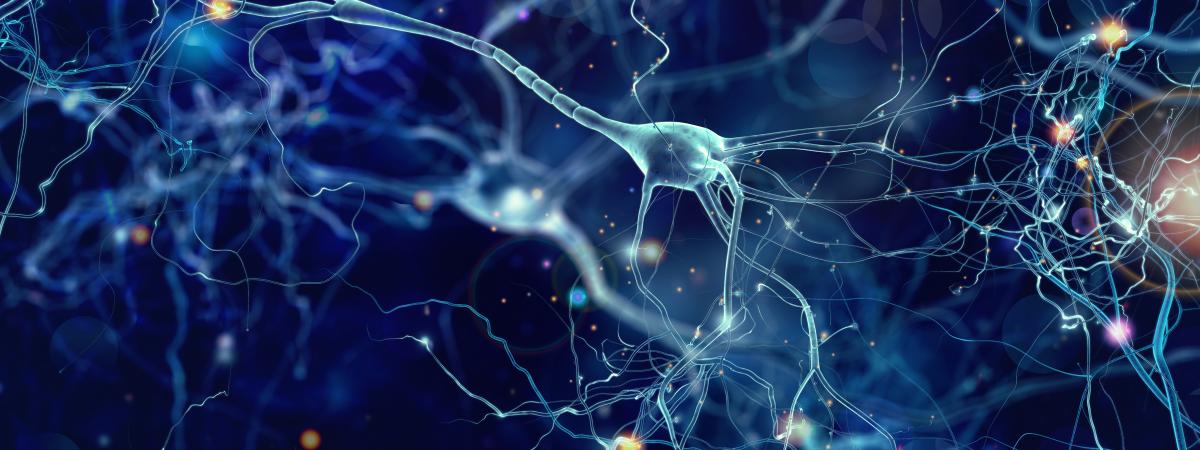In the Department of Biomedical Engineering's Neural Engineering Center at Case Western Reserve University, our researchers share the common goal of analyzing the function of the nervous system, developing methods to restore damaged neurological function, and creating artificial neuronal systems by integrating physical, chemical, mathematical, biological and engineering tools.
The center was started in 2001 and replaced the Applied Neural Control Laboratory (ANCL), which started in 1972. The center offers breadth and depth in neural engineering research and education in a highly ranked biomedical engineering department and medical school.
The graduates of our program have made significant contributions to the development and growth of this fast-growing area of neural engineering in academic, industrial and federal institutions.
Mission
The mission of the Neural Engineering Center involves research, education and technology transfer. These three categories can be explained as follows:
- The research mission of the Neural Engineering Center is to bring to bear combined tools in physics, mathematics, chemistry, engineering and neuroscience to analyze the mechanisms underlying neuronal function and to solve the clinical problems associated with neuronal dysfunction. This mission will be accomplished by providing a framework to foster interdisciplinary research between clinicians, scientists, students and local industry.
- The education mission of the Neural Engineering Center is to educate research engineers and scientists with an integrated knowledge of engineering and neuroscience capable of solving problems ranging from the molecules to the clinic. This mission will be accomplished by providing mentoring that spans the entire range of the neural engineering field from cellular and molecular to clinical exposure and emphasizing the integration of both engineering and neuroscience.
- Finally, the Neural Engineering Center will be an outlet for technology transfer of new ideas to be commercialized by industrial partners. This will be accomplished by involving interested industrial partners in the research of the center early in the process as well as in the educational aspect.
Rationale
The cost to the society of neurological disorders such as stroke, Parkinson’s disease, Alzheimer’s disease and epilepsy is staggering. Stroke, for example, is the third leading cause of death in the U.S. and its cost to society is $40 billion per year. It is clear that the solution of many neuroscience problems in the next century will involve coordinated and highly interdisciplinary research efforts between neurobiologists, engineers and scientists.
Some of the problems we are poised to solve on this campus include the design of new methodology for the regeneration of nerves, the control of epileptic seizures with electrical stimulation, the design and testing of a wide range of neural prostheses for a variety of clinical disorders such as obstructive sleep apnea, restoration of function in paralyzed patients in the upper and lower extremities, in the bladder and in the respiratory system.
Outstanding expertise also exists in the area of neuro-mechanics whereby the scientists and engineers design biologically inspired control systems and mechanisms for bodily movement. By integrating biology and engineering, it should soon be possible to determine how the nervous systems control movements and to apply these techniques to patients with paralysis or stroke.
This integration between engineering and neurobiology will come about only if the efforts of expert clinicians, scientists and engineers can be brought together and fostered by facilitating the communications and flow of ideas through a common center of excellence in neural engineering.


